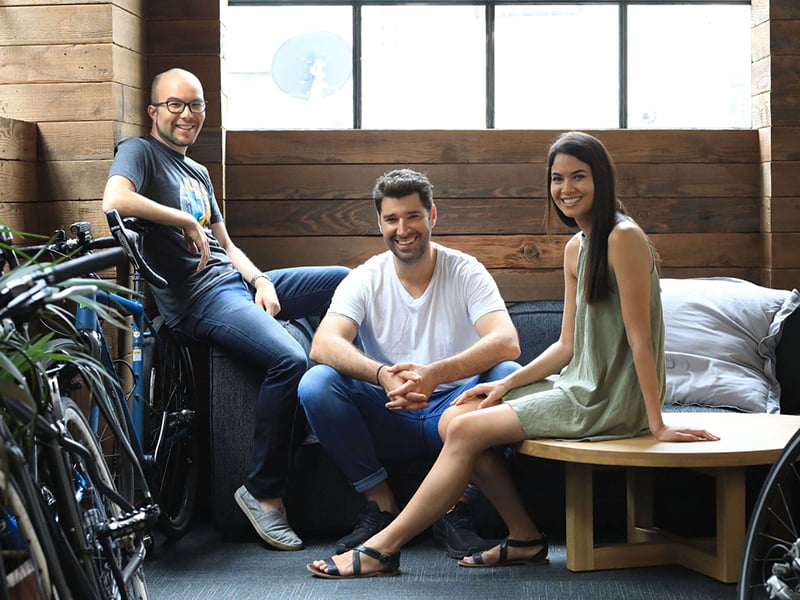Domestic filings for intellectual property increased across the board last year, approaching record levels in some areas in an encouraging sign for Australian innovation.
But total patent filings, which includes foreign applicants, fell again and the domestic share of them is still just a fraction of more than 31,500 patents filed in 2023.

Australian applicants last year looked to protect innovation through patents, trademarks, designs and plant breeders rights, with year on year increases in each.
In terms of technologies, the strongest growth in IP filings came in energy equipment such as electric motors, generators, batteries and solar panels.
Gambling giant Aristocrat again claimed the most domestic applications for patents, beating out the CSIRO, software unicorn Canva and Australia’s universities.
The findings are part of the latest report from IP Australia, the federal agency responsible for administering intellectual property (IP) rights and legislation.
Analysis of its filings released this week shows overall trade mark applications grew by 7.2 per cent to 84,476 in total. Overall filings for design rights jumped by 11.5 per cent to a record level of 8,776.
Domestic patent filings grew by 2.4 per cent, but overall filings for patents fell slightly, due largely to a reduced number from the United States.
“The positive growth in domestic IP filings suggests Australia’s innovation sector has continued to invest in new IP, despite inflation and interest rate pressures,” IP Australia director general Michael Schwager said.
Patents allow the holder to exclusively exploit their invention and are often used as a measure of overall innovation. It is an imperfect measure but a useful one, according to experts.
For much of the last decade, total patent filings in Australia have been steady. That was until 2021, when a law change incentivised applicants to bring forward applications. Along with the pandemic driving more filings in health technologies, it resulted in a record year of filings.
A large drop in domestic filings in 2022 was attributed to a correction from the record years. But the latest 2023 data shows only a marginal increase of Australian applicants and total patent filings have fallen.
Domestic filing also still only account for fewer than one in 10 of the more than 30,000 patent filings last year. The share is a slight improvement on last year. However, the fall in international applicants accounts for some of this.
Most domestic patents by Australian applicants are filed for inventions in civil engineering (12.9 per cent) medical technology (8.1 per cent), transport (6.8 per cent) and computer technology (6.7 per cent).
The top domestic applicant for standard patents was again Aristocrat Technologies Australia with 73, well ahead of the CSIRO at 54 and Canva at 48.
The software unicorn had a focus on artificial intelligence in many of its filings, according to IP Australia, with many of the applications related to the automatic generation of designs and managing prompt-based image editing.
Renewable energy inventor Thanh Tri Lam again cracked the top four with 42 applications for patents.
The report found Australia has prominence in emerging technology fields such as clean energy generation and storage. Among 19 major economies, Australia is the second fastest growing destination for patent filings in this field, according to the report.
International applications were dominated by tech manufacturer LG (196), Huawei (180) and global MedTech Becton Dickinson And Company (151).
Do you know more? Contact James Riley via Email.

